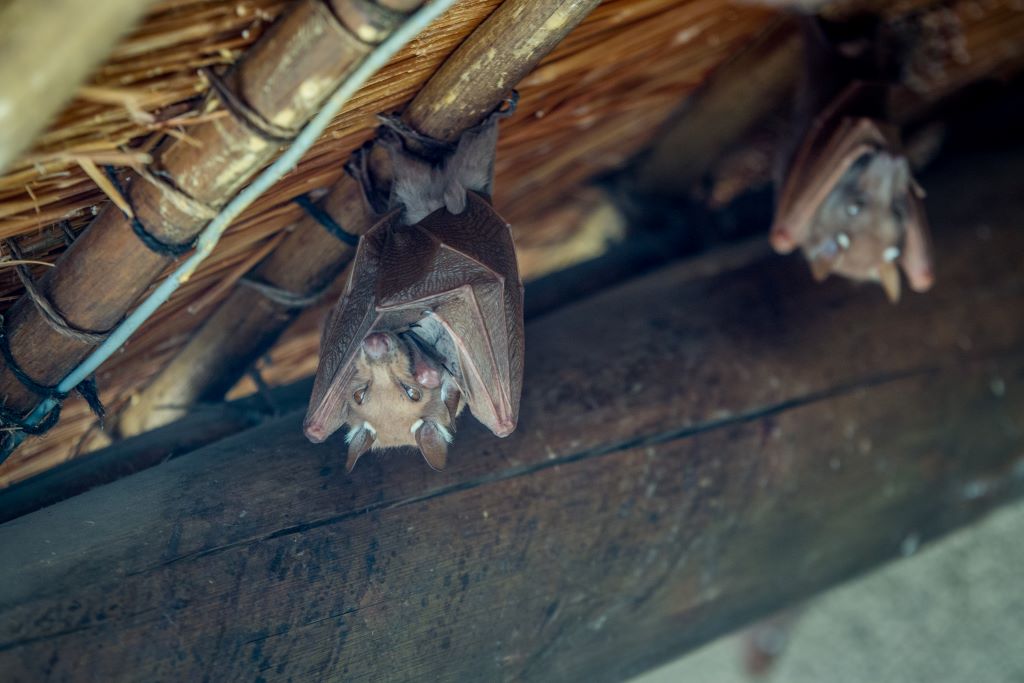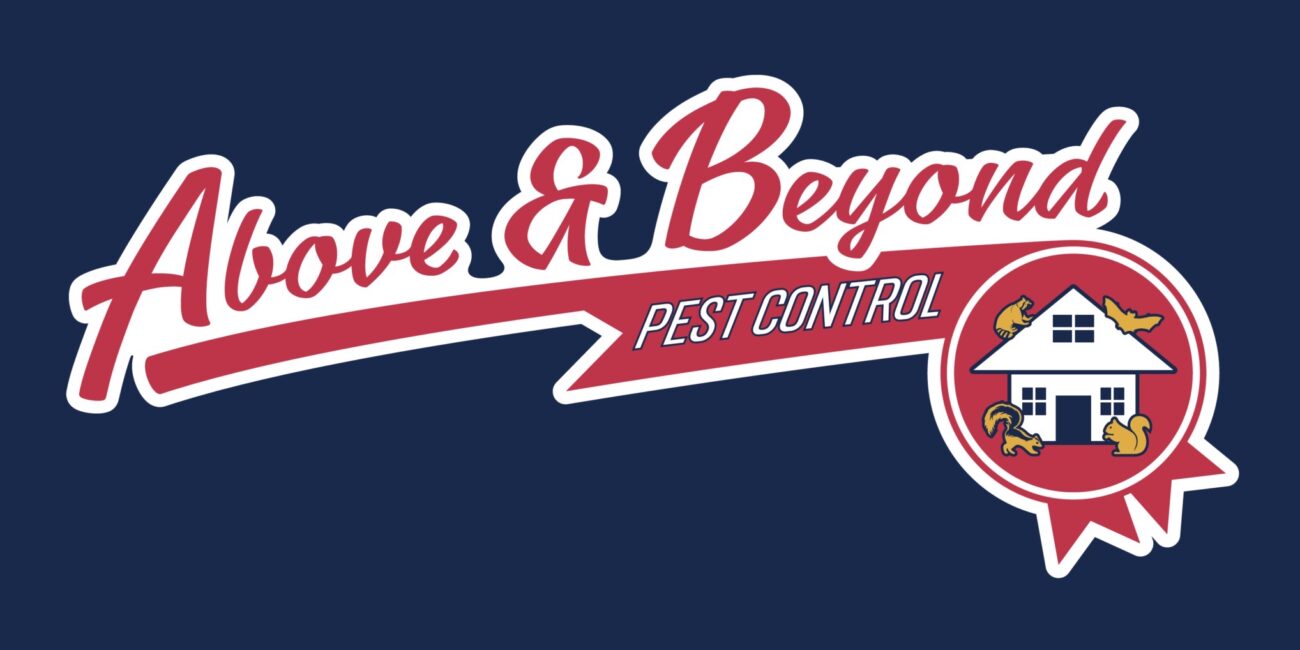Menu

Is it Safe to Let Bats Live in Your Attic? What You Should Know!
Bats are fascinating creatures that play a vital role in our ecosystem. They feed on insects, pollinate plants, and disperse seeds, making them crucial to maintaining a healthy environment.
While many people appreciate the benefits that bats provide, they may want them to live outside of their homes, particularly in their attics. But is it safe to let bats live in your attic? Here's what you should know. The Risks of Bats in Your Attic While bats are helpful to the environment, they can pose health risks to humans if they take up residence in your home. One of the biggest risks is the spread of disease. Bats are known carriers of rabies, a viral disease that can be transmitted to humans through bites or scratches. Additionally, bat guano (feces) can harbor a fungus that causes histoplasmosis, a respiratory disease that can be fatal in severe cases. Another risk of having bats in your attic is the damage they can cause to your home and property. Bats can leave behind droppings that can stain and damage your ceilings, walls, and insulation. They can also chew through wires, causing electrical problems and increasing the risk of fires. Lastly, having bats in your attic can lead to unpleasant odors and the presence of insects such as mites and ticks. How to Tell if You Have Bats in Your Attic If you suspect that you have bats in your attic, there are a few signs to look for. The first is hearing scratching or squeaking noises coming from your attic at night. Bats are nocturnal creatures and are most active during the night. Additionally, you may notice a strong, musty odor, particularly in areas where bat droppings have accumulated. Another way to tell if you have bats in your attic is to look for guano. Bat droppings are typically small and brown or black and can accumulate in piles. You may also see stains on your walls or ceilings caused by the accumulation of bat urine. What to Do if You Have Bats in Your Attic If you suspect that you have bats in your attic, it's important to take action to remove them safely. Attempting to remove bats on your own can be dangerous and may even be illegal in some areas. Instead, it's best to contact a professional wildlife removal company that has experience working with bats. A professional wildlife removal company will be able to safely and humanely remove the bats from your attic. They will also be able to identify and seal any entry points that the bats may have used to gain access to your home. This is important because if the entry points are not sealed, the bats may return or other wildlife may move in. Preventing Bats from Returning to Your Attic Once the bats have been removed from your attic, it's important to take steps to prevent them from returning. The first step is to seal all entry points that the bats may have used to gain access to your home. This includes sealing cracks and gaps in your roofline, chimney, and vents. Final Thoughts While bats are helpful to the environment, they can pose health risks and cause property damage if they take up residence in your attic. If you suspect that you have bats in your attic, it's important to contact a professional wildlife removal company to safely and humanely remove them. By taking these steps, you can safely and responsibly coexist with bats while also protecting your home and health. Don't let pests take over your home! Above and Beyond Pest offers house pest control services that can help eliminate pests and prevent them from returning. Be sure to schedule your pest control service now and enjoy a pest-free home!